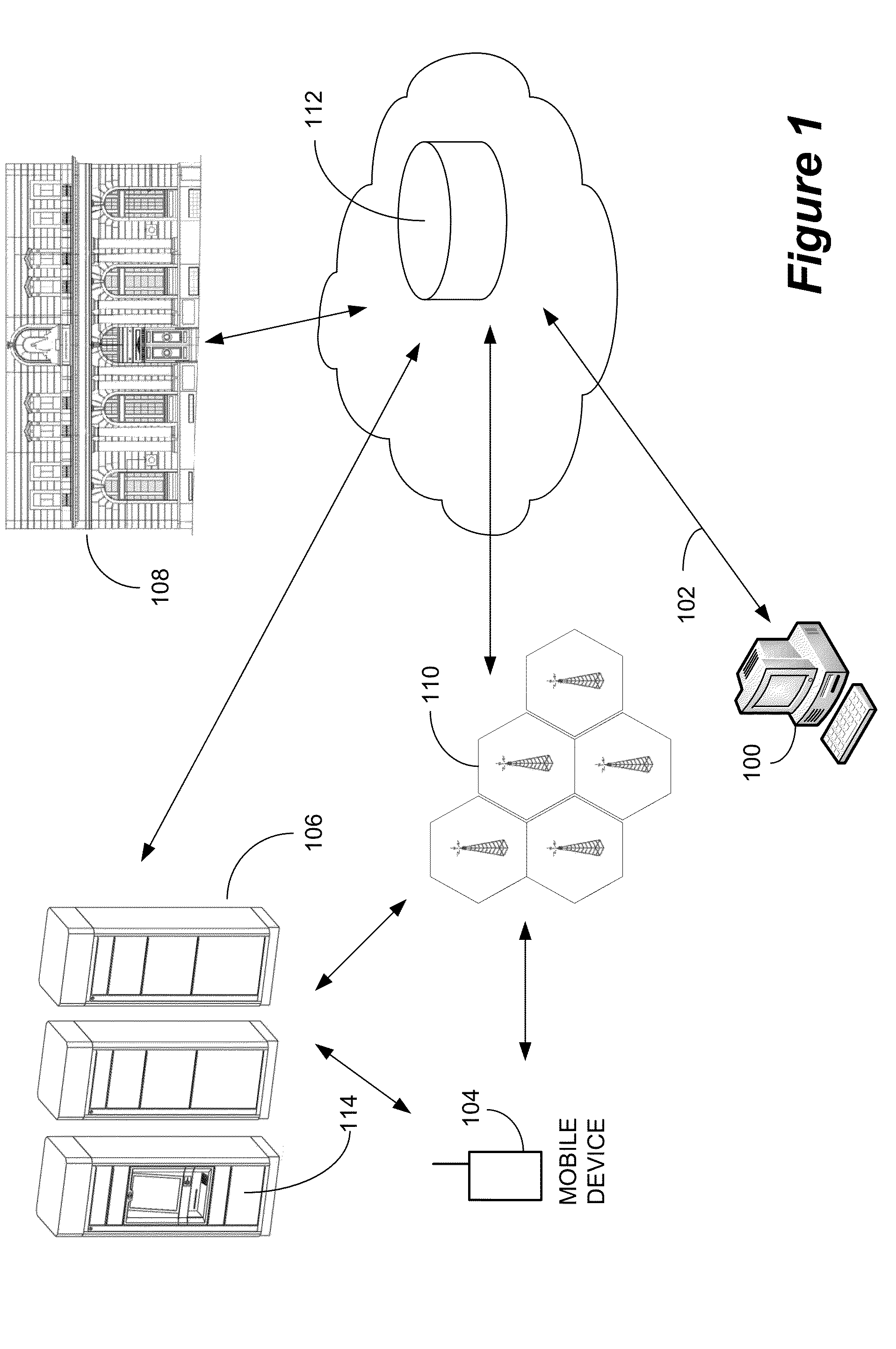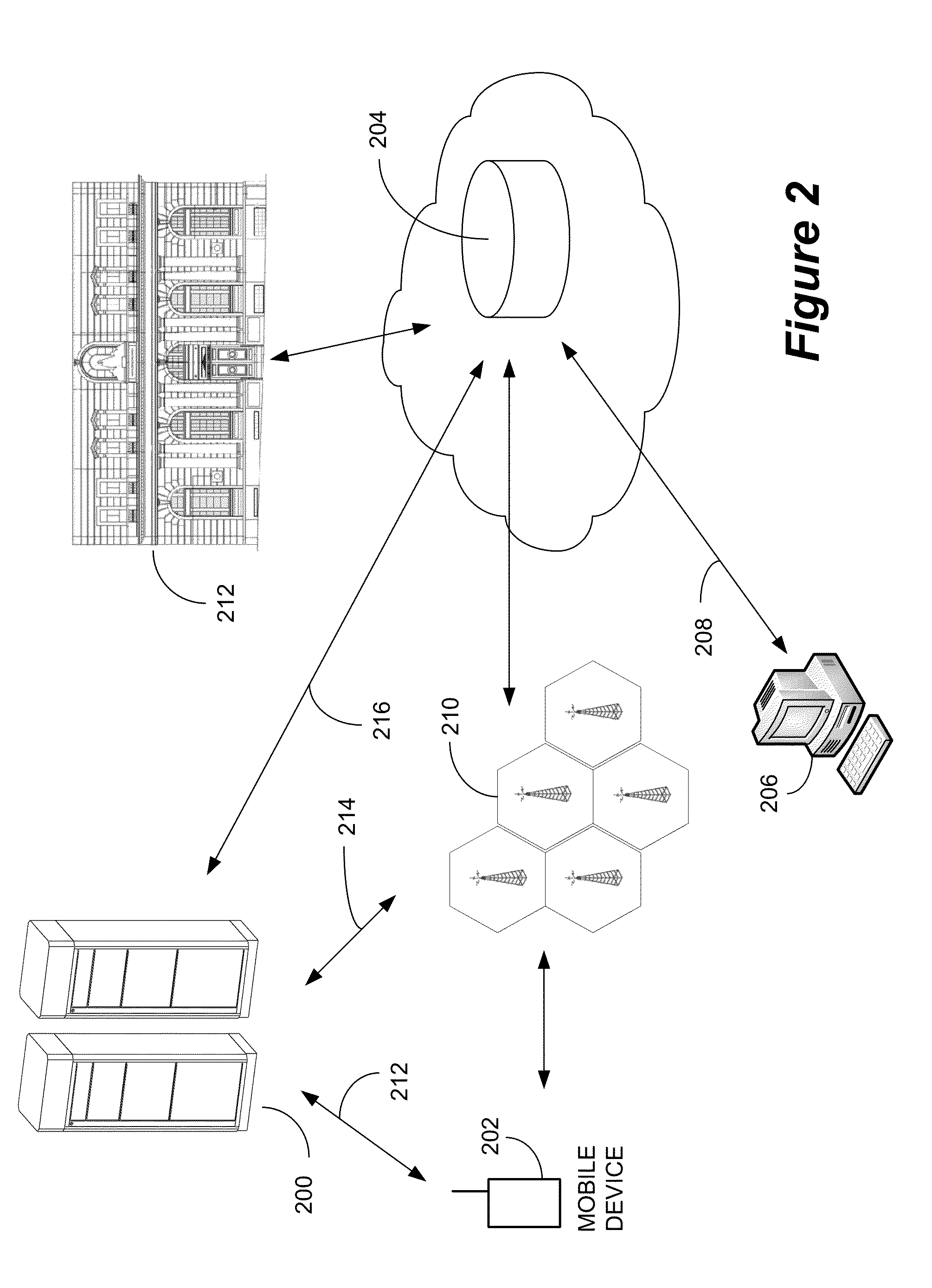As a result, virtual online merchants are able to sell products at a lower price, which is having a significant negative
impact on the sales of traditional retailers.
Such a desired goal, while worthwhile, is frustrated if the customer is not at the
delivery location at the time of the actual delivery.
When online shopping customers arrive during peak shopping hours, these sales associates are often picking orders for on-line customers and are not servicing the retail customers that are choosing to shop the retail store aisles.
While improving service for the on-line customer, store service for retail shoppers actually declines and conflicts development between the retail divisions and online divisions in retail corporations.
The depots are often heavily burdened with customers at the same
time of day—
morning, lunch time and evenings.
The cost of manufacturing the locker
system, along with the shipping and installation cost, is a main concern of both
brick and
mortar retailers and delivery firms.
Too many large sized lockers will disproportionately decrease the overall number of lockers available for
consumer package delivery, while too few large openings will limit the number of larger packages that can be accepted at a given time, thus slowing delivery.
An inefficient mix of individual locker sizes will result in one size of lockers being unused while another size is full and packages of that size are
delayed delivery.
In current systems, it would be possible for a locker operator to open a locker, but not actually “deliver” the
package by inserting it into the locker, either by honest mistake or because the delivery person is unscrupulous.
Other concerns and shortcomings include the inability to install and service the locker systems rapidly and the inability to scale a system to numerous locations, including international markets.
It will almost certainly be too expensive to ship locker cabinets from one country to another country, especially when considering duty costs and other local taxes.
These solutions require the electronic components such as the locks and cables to be installed into the locker cabinets by a hand fitting process, that can be expensive and results in
poor quality issues arising due to tight fits and sharp edges that can damage the cables.
In such scenarios,
assembly and testing may result in high cost, poor reliability, or both.
This problem is magnified when considering international markets.
Locker cabinet manufacturers located in different regions of the world will likely utilize different designs and manufacturing techniques, which will simply magnify the problem of fitting the electronic locket components to the individual manufacturers' cabinets.
Furthermore, the locker systems that are currently available do not offer configuration flexibility to account for the local
demographics or changes in
package sizes that might occur over time.
This means that if the retailer or shipper operating a system does not install the optimal mix of locker sizes for a particular location they will have to experience an expensive retrofit or replacement process to change the mix of locker sizes.
There is a significant cost of material, freight and labor to switch cabinets and there would likely be
scrap material unless the removed cabinet and associated electro-mechanical hardware could be re-commissioned.
Two of the main obstacles in the use of sensor technology are the coverage of the entire locker and the cost of the sensor technology.
If not properly implemented, small packages such as letters will be difficult to detect or the cost of the sensor technology may become prohibitive.
Existing locker systems do not provide the capability to monitor whether or not a package is present in a particular locker.
While there is more than one sensor technology that may be employed to detect the presence of a package, current locker systems lack a cost effective and reliable method to detect a package.
One reason may be the difficult challenge it difficult to detect small packages and letter sized envelopes that could be placed in a locker.
 Login to View More
Login to View More  Login to View More
Login to View More 


